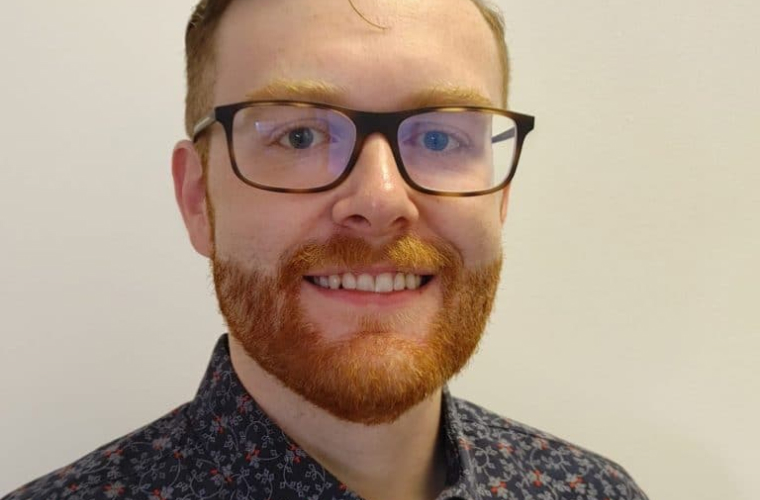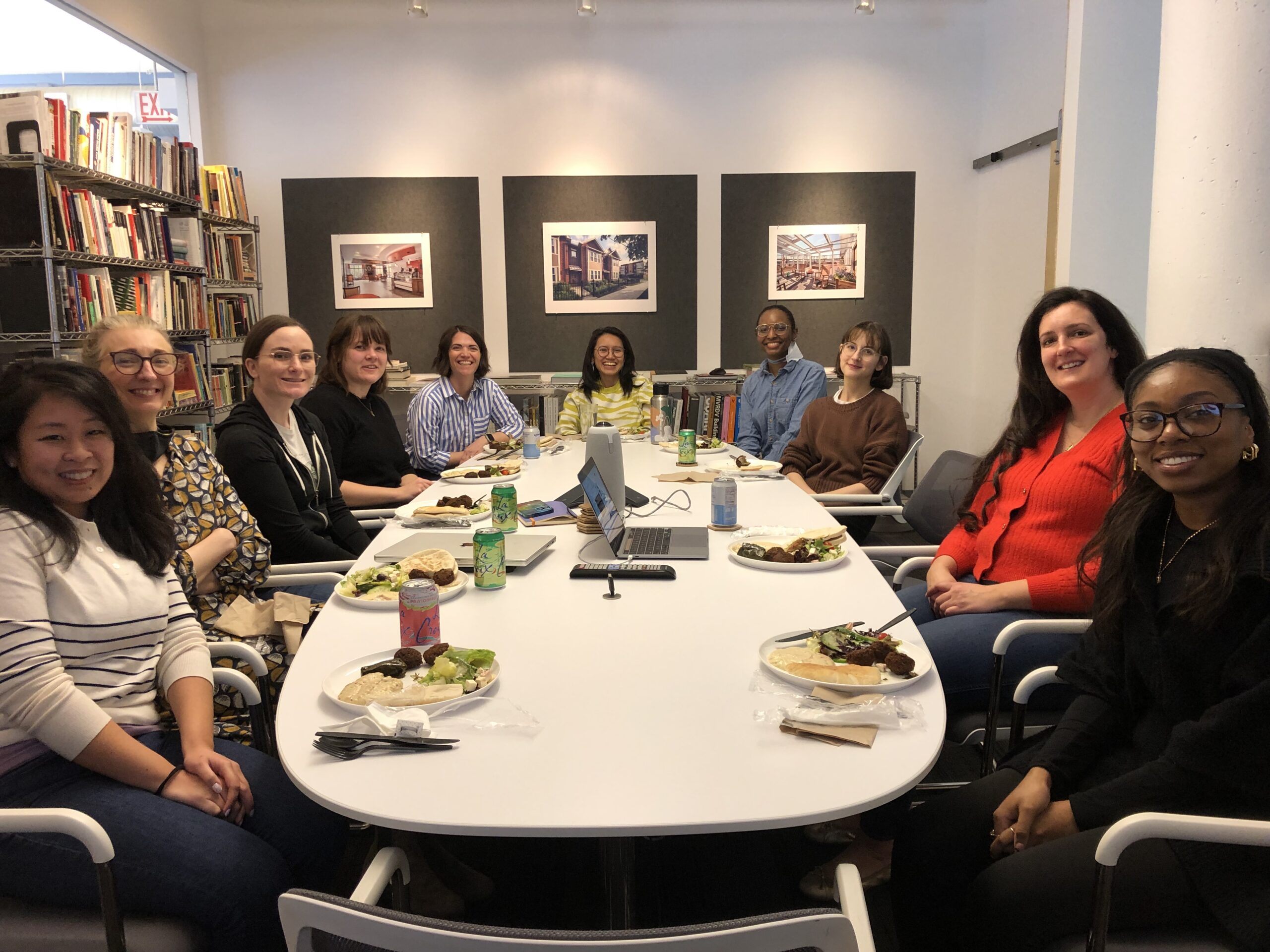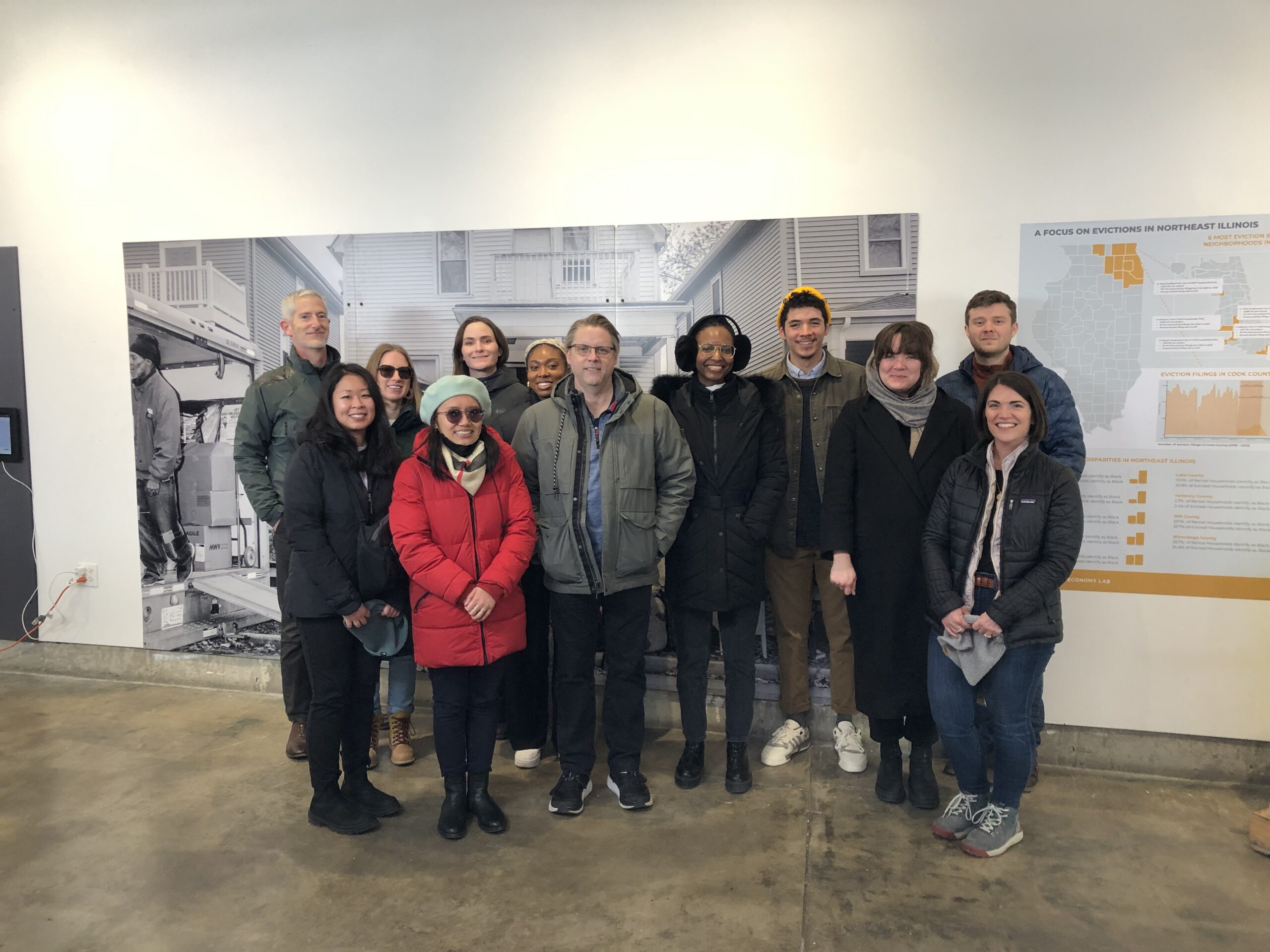Spotlight on: Ian Miley

For today’s staff feature, we turn the spotlight on Ian.
Ian has had the unique experience of starting his time with WJW on a virtual basis since joining the firm last summer, but he’s managed to jump right in despite the challenges of the circumstances! We’re so glad to have him as part of the team.
What made you decide you wanted to be an architect?
I actually got into architecture because of two events. First, I was in a drafting and shop class when I was in 6th grade. The precision and craft that I had to put into drawing a single line as I drew up shop drawings for a woodworking project really stuck with me. I loved the care that went into drawing something and then the subsequent thrill of seeing it become an actual thing when I made it in a shop. The other experience was more on the softer side of architecture, when I was technical and shop director for my high school theater. I loved designing the stages, building them, and then seeing them be the setting for stories to be played out on. To this day I find the story-telling aspect of architecture compelling because really what are we doing but providing scenery for everyday life.
What special knowledge or quality do you bring to the WJW team?
I like to think that I bring a particular knowledge about urban design and planning to each project I work on, even if it is at the level of architecture. I think that it is very important as a designer to think beyond just the boundaries of our sites to consider the effect our designs will have on the great systems of the neighborhood and city.
What has been your favorite project and why?
My favorite projects are mostly some of my graduate school work. I had a project called Two Rivers that was investigating how to retool a neighborhood’s urban food systems to solve both environmental justice problems as well as alleviate issues of food deserts, deteriorating housing stock, and lack of quality public space.
What do you most love about what you do?
What I love most is actually after our work is typically done. I enjoy meeting future or current residents of our projects. I love to see how they actually use the buildings we design and how it benefits them. It is also an opportunity to see how our projects get to serve as a backdrop to their lives.
What has been one of your proudest moments working at WJW?
I haven’t been working here long, but I have been rather proud about how David and I have developed a strong working relationship. That he can trust me to work with our client and develop competency in that regard. And I can trust him to back me up when I have landed on something that I am unfamiliar with or is new to me.
What energizes you at work?
Coffee.
What are the non-design lessons you’ve learned from your work at WJW?
Be involved. Be involved. Be involved. I started remotely so I knew I had a hurdle to overcome with getting to know people and I have tackled it by jumping feet first into being involved with committees, get-togethers, etc. It has helped my working relationships as well as generally been a great way to learn all about what WJW is and means.
Name one piece of architecture that continually inspires you and why:
The Half a House by Alejandro Aravena is I think a beautiful concept for user-engaged building that showcases the flexibility in architecture and urban design that is needed, but sadly often absent. The designer and builder provides the residents with the infrastructure and necessities of a home, but leaves half of the house empty to allow for residents to build and grow as needed. What results over time is a mosaic of user-generated housing schemes that are tailored to each family’s needs, style, and story.
What’s your favorite place in the world?
It varies with basically each new place I visit, but most recently I hiked to the top of Mt. Si in Washington and absolute loved it. If I was to pick a more urban place it would definitely be the Maboneng district in Johannesburg.
What do you enjoy doing when you’re not working?
If I am not reading a book, I am studying Japanese. I have been trying to learn it for about a year now in preparation for my upcoming trip to Japan!
Tell us about a favorite book:
My favorite book is actually something I recently read, A Little Life by Hanya Yanagihara. It is by far the most densely informative book I have ever read. And the most emotionally challenging book as well.
If you could master one skill you don’t yet have, what would it be?
I think I would like to master flying. I know humans don’t normally do that, but I think it would really cut down on my commute time (once I have to commute again) if I could master flying.
Offer your best life/business/design advice to young architects graduating this spring:
I think 4-H has one of the best slogans I have ever heard, “Learn By Doing.” I think this can apply basically anything honestly; business, design, skills, whatever. Yes, education and research are important, but I have yet to find a better way to learn how to do something, or how to do something better, than by simply doing it. Yes, you are going to fall on your face, but who cares.
Look into the future: name something you’re excited about and think may be a part of architecture and design in the next 10 years.
I think the integration of more and more digital reliance and AI into architecture and design is immensely interesting. This applies to the buildings themselves as well as the integration into our process of design and construction.


